

Essential Laboratory Tools for Accurate Scientific Experimentation Techniques
In the realm of scientific research, the precise execution of experiments is paramount, and the selection of appropriate laboratory tools plays a critical role in ensuring accuracy and reliability. According to a recent report by Research and Markets, the global laboratory equipment market is expected to reach approximately $52 billion by 2025, underscoring the growing investment in high-quality laboratory tools. These tools not only enhance the efficiency of experiments but also minimize the margin of error, which can significantly impact results and conclusions. As researchers increasingly turn to advanced technologies such as automation and smart instrumentation, understanding and effectively utilizing essential laboratory tools becomes vital. This guide will provide insights into the key laboratory tools necessary for accurate scientific experimentation techniques, enabling researchers to achieve precision and innovation in their work.

Essential Laboratory Tools for Enhanced Precision in Scientific Experiments
The global laboratory equipment market is poised for significant growth, with projections estimating a market size of approximately XXXX billion USD by 2025, expanding to XXXX billion USD by 2033. This growth trajectory reflects an annual growth rate of XX%. As scientific experimentation becomes increasingly essential across various fields, the demand for enhanced precision and reliability in laboratory tools is more crucial than ever.
Essential laboratory tools, such as analytical balances, pipettes, and centrifuges, play a pivotal role in achieving accurate and reproducible results in scientific research. These instruments are designed to minimize human error and improve the overall precision of experiments. As technology advances, the integration of automation and smart features into laboratory equipment further enhances accuracy and efficiency, allowing researchers to focus on innovative discoveries rather than troubleshooting inaccuracies. The emphasis on precision in laboratory techniques underscores the importance of investing in high-quality equipment to support the ever-evolving landscape of scientific inquiry.

Top 5 Must-Have Instruments for Accurate Measurement in the Lab
Accurate measurement is the backbone of scientific experimentation, making high-quality laboratory tools essential. Among the top five must-have instruments, a calibrated analytical balance stands out. This device provides precise weight measurements, crucial for mixing compounds accurately. For best results, always ensure the balance is leveled and calibrated before use.
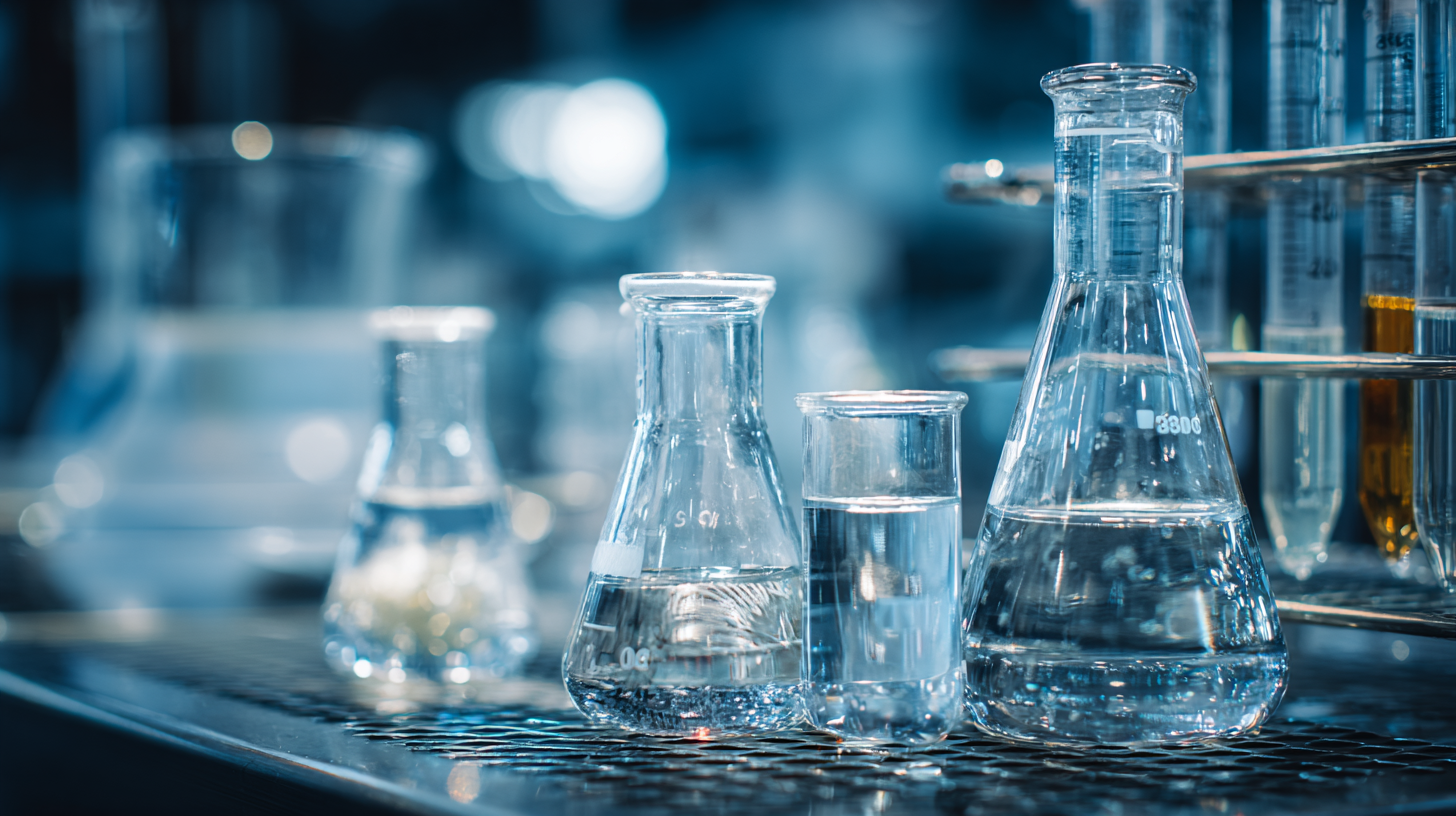
Another indispensable tool is the pipette, which allows for the accurate transfer of liquids. When working with small volumes, utilize a micropipette for greater precision. Remember to use the appropriate tips to prevent contamination and ensure accurate transfer each time.
Lastly, a spectrophotometer is vital for measuring absorbance or transmittance of solutions. This instrument can help assess the concentration of various substances. When operating a spectrophotometer, it’s essential to use cuvettes that are clean and free of any scratches to avoid discrepancies in your results. Following these tips will enhance the accuracy of your measurements and ensure a successful experimentation process.
10 Best Safety Equipment to Ensure Secure Scientific Practices
When conducting scientific experiments, ensuring safety is paramount. Equipped with the right safety equipment can significantly reduce the risk of accidents in the laboratory. Here are ten essential safety tools every lab should have.
First on the list is personal protective equipment (PPE), including lab coats, gloves, and safety goggles. These items create a barrier against harmful chemicals and biological agents. Additionally, having a fire extinguisher and a first aid kit readily available is crucial for immediate response to emergencies.
Tips: Always check the expiration date of your first aid supplies and make sure all team members are trained in their use. Regular inspections of safety equipment can prevent failures when they are needed most.
Another vital safety component is proper ventilation; fume hoods are necessary to safely handle volatile substances. Moreover, signage that clearly indicates hazards and safety procedures can remind everyone in the lab to stay vigilant. It’s also beneficial to have spill kits and eye wash stations accessible for quick responses to accidents.
Tips: Conduct routine safety drills to familiarize all lab personnel with emergency procedures, ensuring everyone knows the location of safety equipment and how to use it efficiently.
8 Innovative Technologies Transforming Laboratory Experimentation
The landscape of laboratory experimentation is rapidly evolving, driven by innovative technologies that enhance
accuracy and
efficiency. According to a report by Research and Markets,
the global market for laboratory automation is expected to reach $6.7 billion by 2025,
reflecting a significant shift towards automated solutions. Key advancements such as
AI-driven data analysis tools and
high-throughput screening are pivotal in managing the complexity
of modern experimental methodologies. These technologies enable scientists to handle larger datasets with
greater precision, significantly decreasing the margin of error
in experimentation.
Incorporating innovative tools such as microfluidics and
lab-on-a-chip technologies is also transforming the approach to scientific experimentation.
These compact devices allow for the manipulation of tiny volumes of fluids, making it possible to conduct multiple
tests simultaneously while using minimal reagents. According to a study published in
Lab on a Chip, applications of microfluidics have shown a
reduction in reagent costs by up to 90%. These savings,
combined with improved data accuracy, make adopting such technologies beneficial not only for laboratory efficiency
but also for environmental sustainability.
Tip: To stay ahead in the evolving lab environment,
consider investing in training for staff on the latest technologies. Knowledge of how to effectively utilize
these tools can greatly enhance experimental outcomes. Regularly reviewing and updating lab equipment can also
streamline processes, leading to more accurate and timely results.
7 Essential Software Tools for Data Analysis and Experiment Tracking
In the realm of scientific research, the significance of efficient data analysis and experimentation tracking cannot be overstated. The growing complexities in research methodologies necessitate the adoption of robust software tools. Among the essential tools, Laboratory Information Management Systems (LIMS) play a pivotal role by streamlining data management, ensuring compliance with regulatory standards, and facilitating enhanced collaboration among teams. The global LIMS market is poised for substantial growth, projected to reach a valuation of approximately $850 million by 2025. Such advancements enable researchers to focus on innovation rather than administrative burdens.
Another crucial software tool for researchers is data analysis platforms that cater specifically to the needs of scientific experiments. These platforms are equipped with features that allow for comprehensive data visualization, statistical analysis, and project tracking. As the laboratory data automation market is anticipated to expand significantly, with projections indicating a market size of over $880 million by 2033, researchers are increasingly leveraging these technologies to improve productivity and accuracy in their scientific endeavors. This trend underscores a commitment to enhancing research efficiency and upholding the integrity of scientific inquiry.
Essential Laboratory Tools for Data Analysis
Related Posts
-
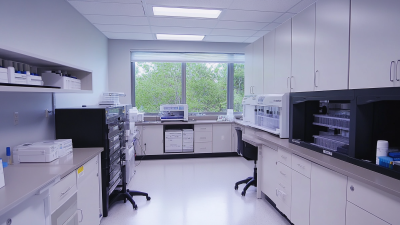
Maximizing Laboratory Efficiency with Cutting Edge Lab Instruments for Enhanced Research Productivity
-
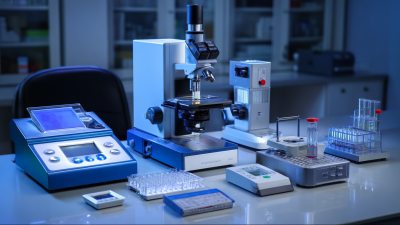
Understanding Best Lab Instruments Specifications and How to Choose the Right One
-

Laboratory Instrumentation Showdown: Choosing the Right Tools for Your Research Needs
-

Unveiling the Best Laboratory Products Exploring Innovative Alternatives for Enhanced Performance
-
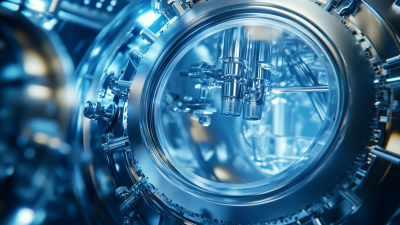
Challenges in Meeting Global Standards for Laboratory Device Manufacturing
-
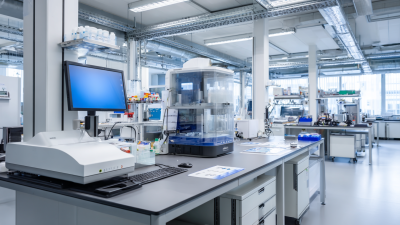
Leading Examples of Innovative Laboratory Systems for Global Buyers





